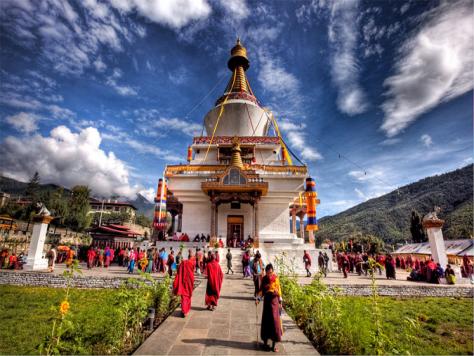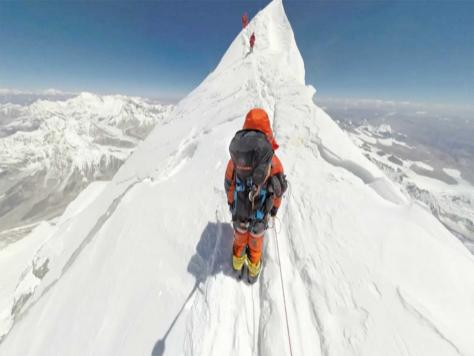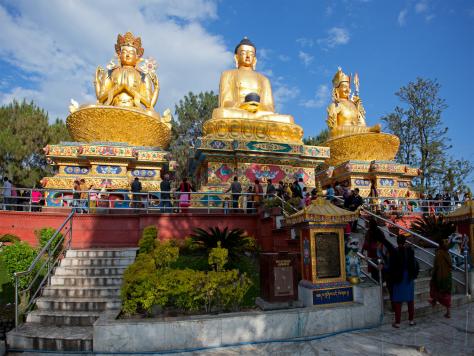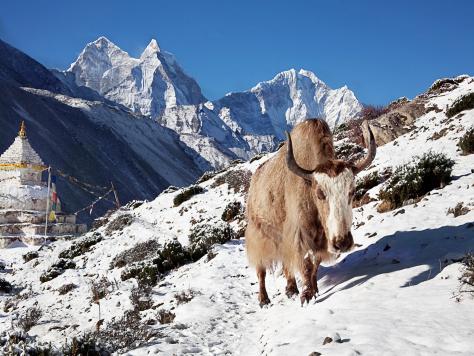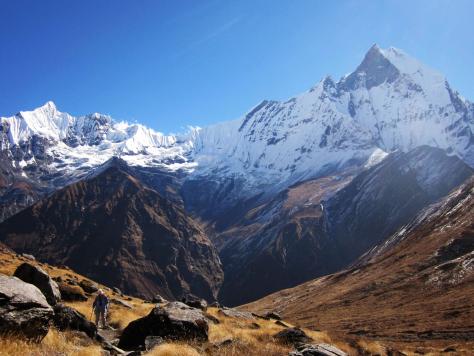Pashupatinath Temple
Nepal, Asia
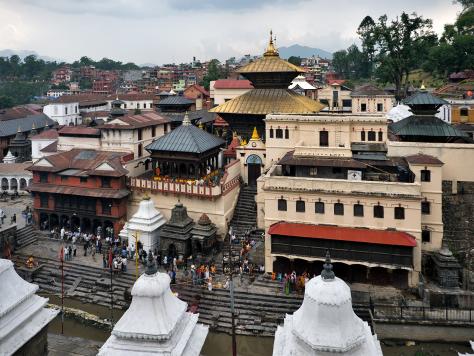
Customized Activity
You are free to customize your itinerary exactly the way you want. Choose transport, hotel & sightseeing as per your desires.
Includes
Meals
Transport
Pick-up & Drop
Activities
Accomodation
About The Attraction
The Pashupatinath Temple is a famous, sacred Hindu temple dedicated to Pashupatinath and is located on the banks of the Bagmati River 5 kilometres north-east of Kathmandu Valley in the eastern part of Kathmandu, the capital of Nepal. This temple is considered one of the sacred temples of Hindu faith. The temple serves as the seat of the national deity, Lord Pashupatinath.This temple complex is on UNESCO World Heritage Sites's list since 1979. This "extensive Hindu temple precinct" is a "sprawling collection of temples, ashrams, images and inscriptions raised over the centuries along the banks of the sacred Bagmati river" and is included as one of the seven monument groups in UNESCO's designation of Kathmandu Valley as a cultural heritage site. One of the major Festivals of the temple is Maha Shivaratri on which day over 800,000 devotees visit here. The twelve Jyotirlinga (in India) are the body and the Jyotirlinga at Pashupatinath in Kathmandu (Nepal) is the head over this body. The temple is one of the 275 Tamil Paadal Petra Sthalams (Holy Abodes of Shiva) on the continent. Kotirudra Samhita, Chapter 11 on the Shivalingas of the North, in Shiva Purana mentions this Shivalinga as the bestower of all wishes. History The temple was erected anew in the 15th century by Lichhavi King Shupuspa after the previous building was consumed by termites. Over time, countless further temples have been erected around this two -storied temple. These include the Vaishnava temple complex with a Ram temple from the 14th century and the Guhyeshwari Temple mentioned in an 11th-century manuscript. Temple complex The area of Pashupatinath encompasses 264 hectares of land including 518 temples and monuments. Main pagoda style temple is located in the fortified courtyard within the complex guarded by Semi-Military Nepal Police and Military Force Nepal Army and has a police outpost along with living quarter within. In front of the western door, there is a huge statue Nandi bull, in bronze. Along with many temples and shrines of both Vaishnav and saiva tradition. Main temple architecture This main temple is built in the Nepalese pagoda style of architecture. All the features of pagoda style are founded here like cubic constructions, beautifully carved wooden rafters on which they rest (tundal). The two level roofs are of copper with gold covering. The temple resides on a square base platform with a height of 23m 7 cm from base to pinnacle. It has four main doors, all covered with silver sheets. This temple has a gold pinnacle (Gajur).Inside are two Garbhagrihas, outer and inner.The inner garbhagriha or sanctum sanctorum is where the idol is placed and outer sanctum is an open corridor-like space. The Deity The sacro sanctum, or the main idol is a stone Mukhalinga with a silver yoni base bound with the silver serpent.The lingam is one metre high and has faced in four directions.These faces represent various aspects of Shiva; Sadyojata (also known as Barun), Vamdeva (also known as Ardha Nareshwor), Tatpurusha, Aghor & Ishana (imaginative).Facing West, North, East, South and Zenith respectively representing five primary elements namely earth, water, air, light and ether. Each face has tiny protruding hands holding rudraksha mala on right hand and a kamandalu on the other.Unlike other Shiva lingams in India and Nepal this Pashupati Shiva lingam is always Dressed in its golden vastra except during abhishakam, so pouring milk and Ganga Jal is only possible during abhishakam through the main priests. Priest The unique feature of this temple is that only 4 priests can touch the idol. Daily rituals of Pashupatinath are carried out by two sets of priests; one being the Bhatt priests and other Bhandari. Bhatta or Bhatt are the one who performs the daily ritual and can touch the lingam, whereas Bhandaris are the helper and temple caretaker priests who are not qualified to perform pooja rituals or to touch the deity. Festivals There are many festivals throughout the year and thousands of people attend these festivals. The most important festivals are the Maha Shiva Ratri Bala Chaturthi festival, and Teej festival. During these festivals, people from all over the world come to worship.Best Time
- Round_the_Year
Timings
- ~~Monday_Sunday
